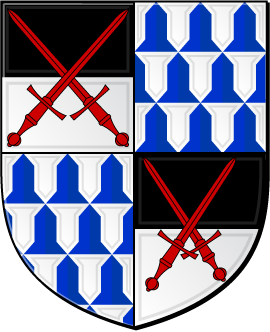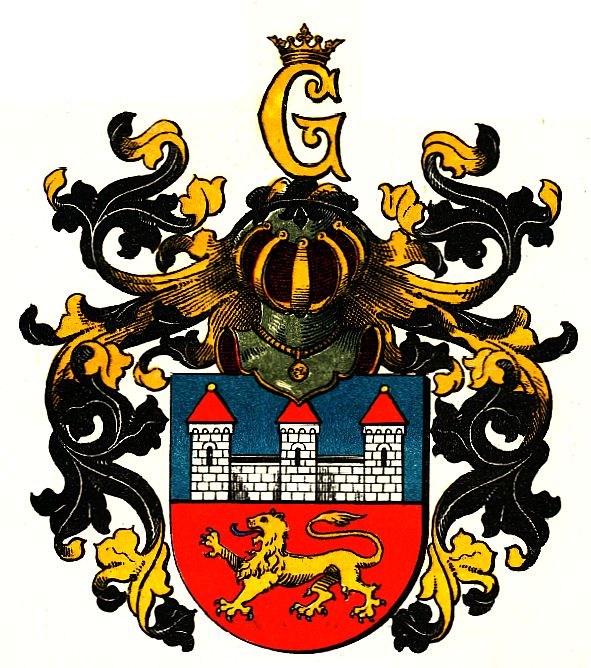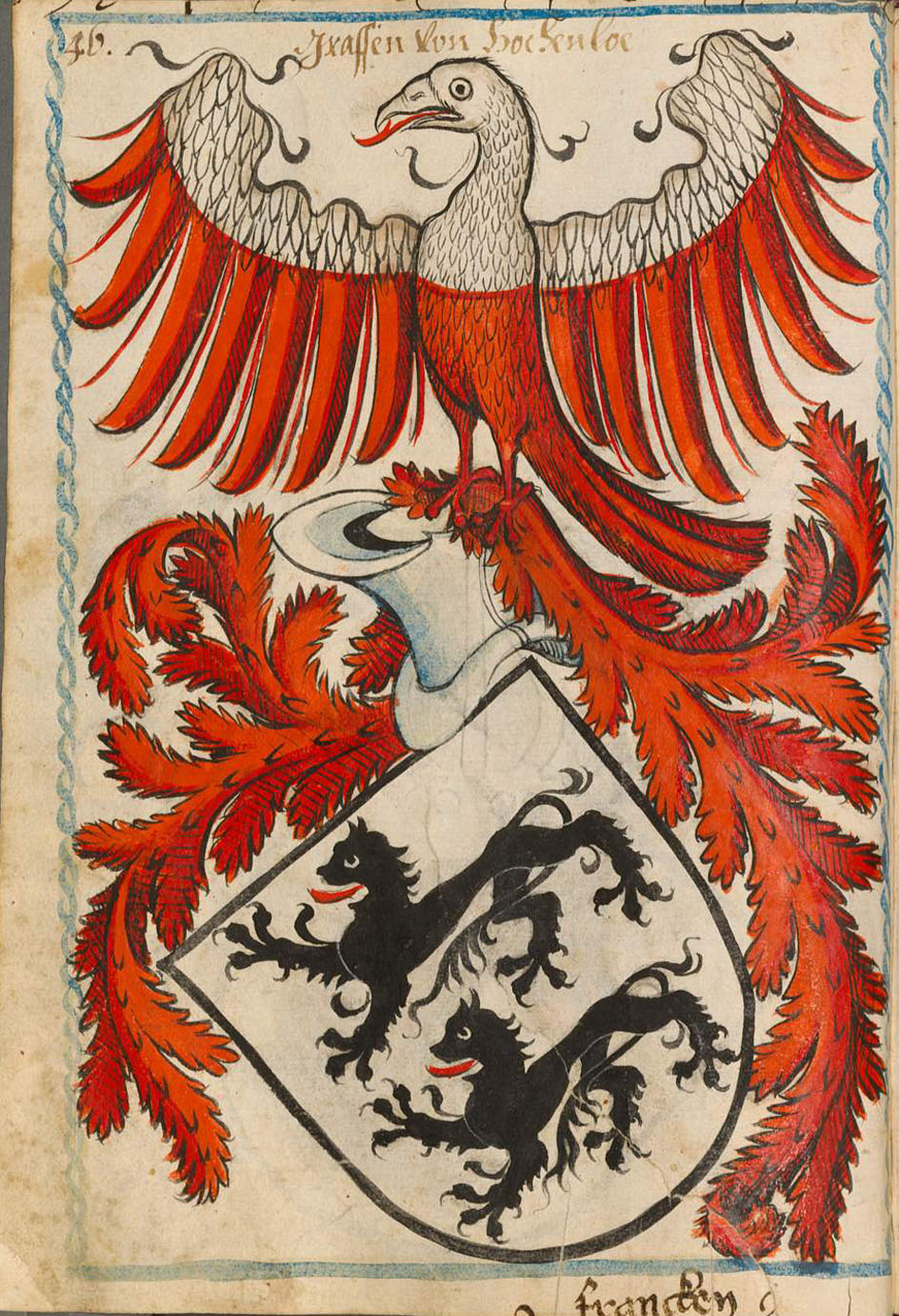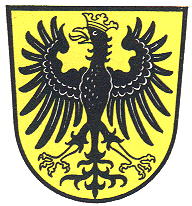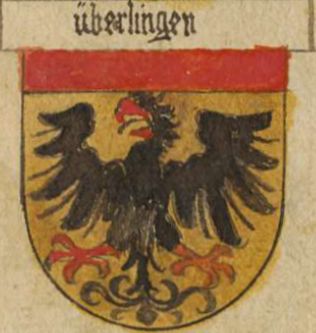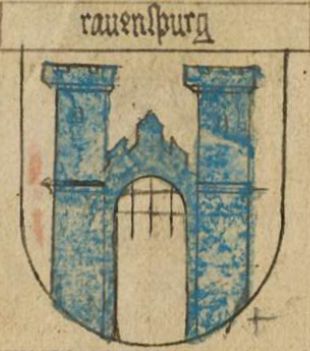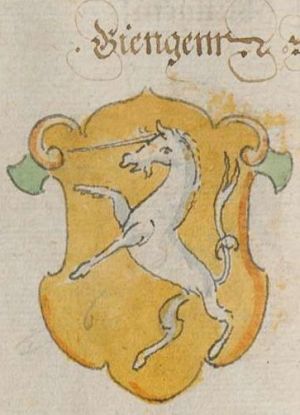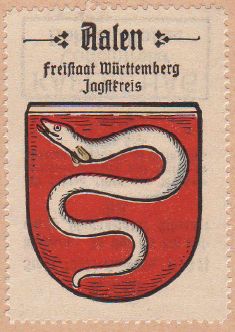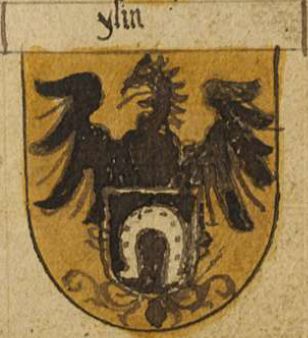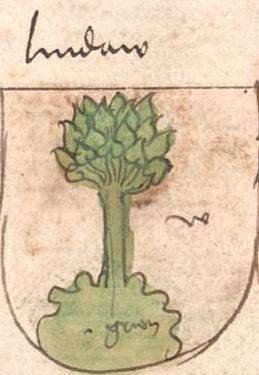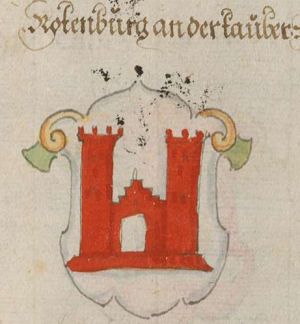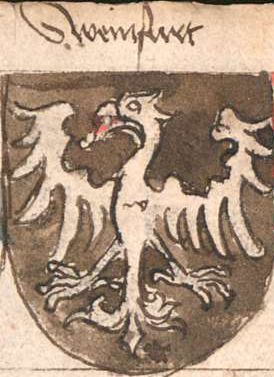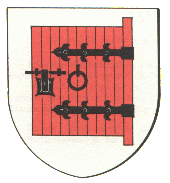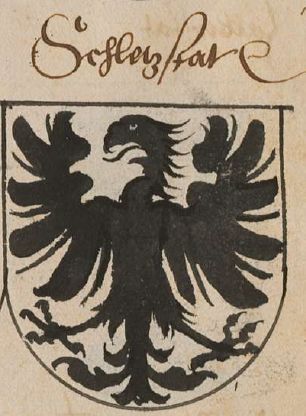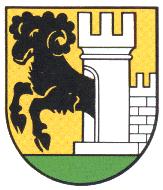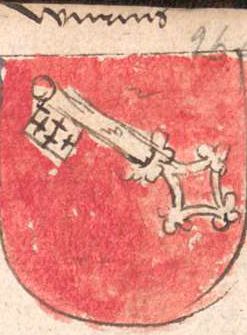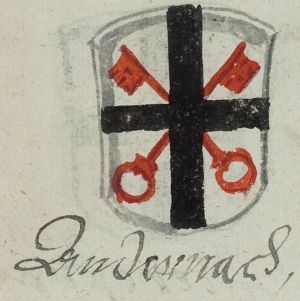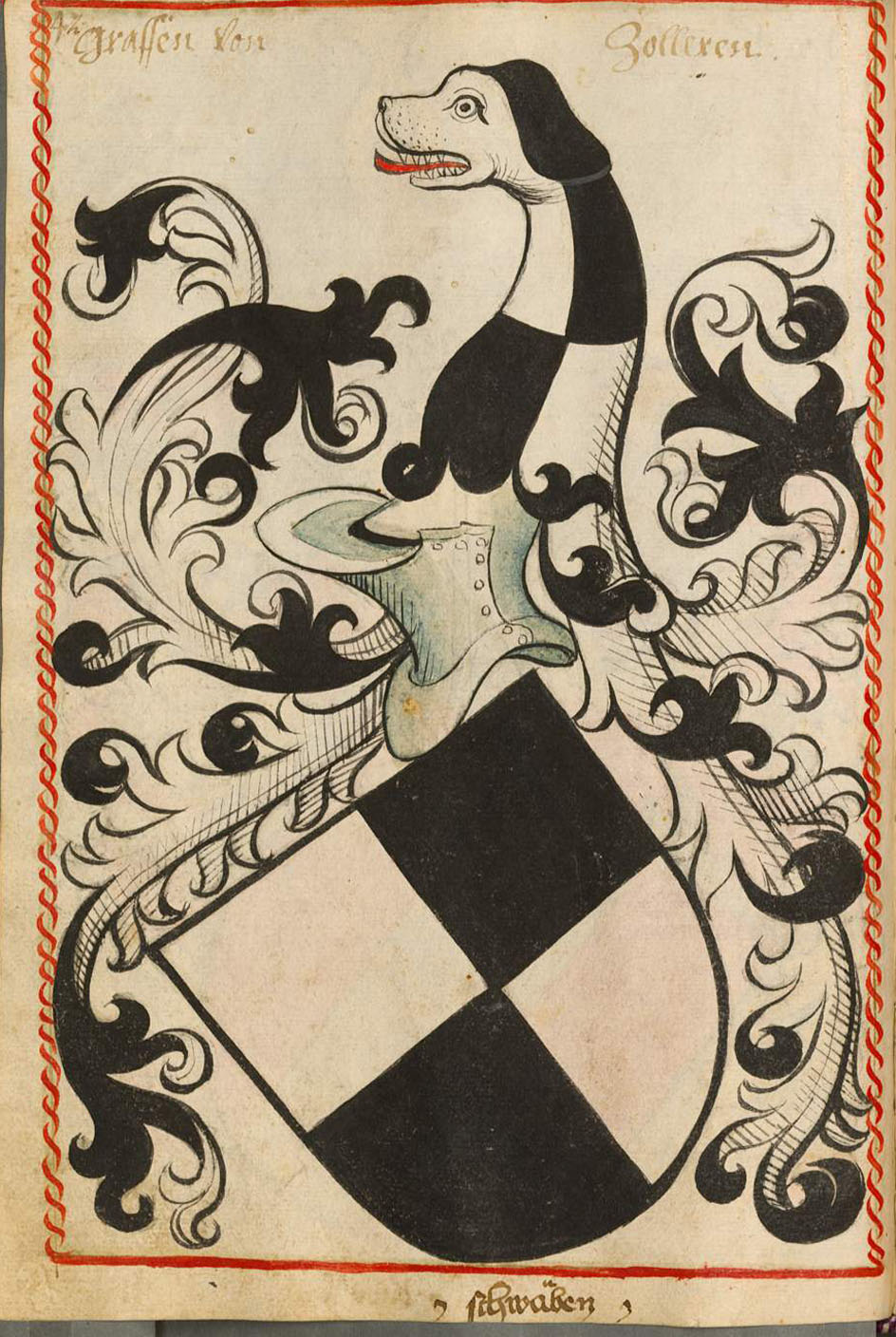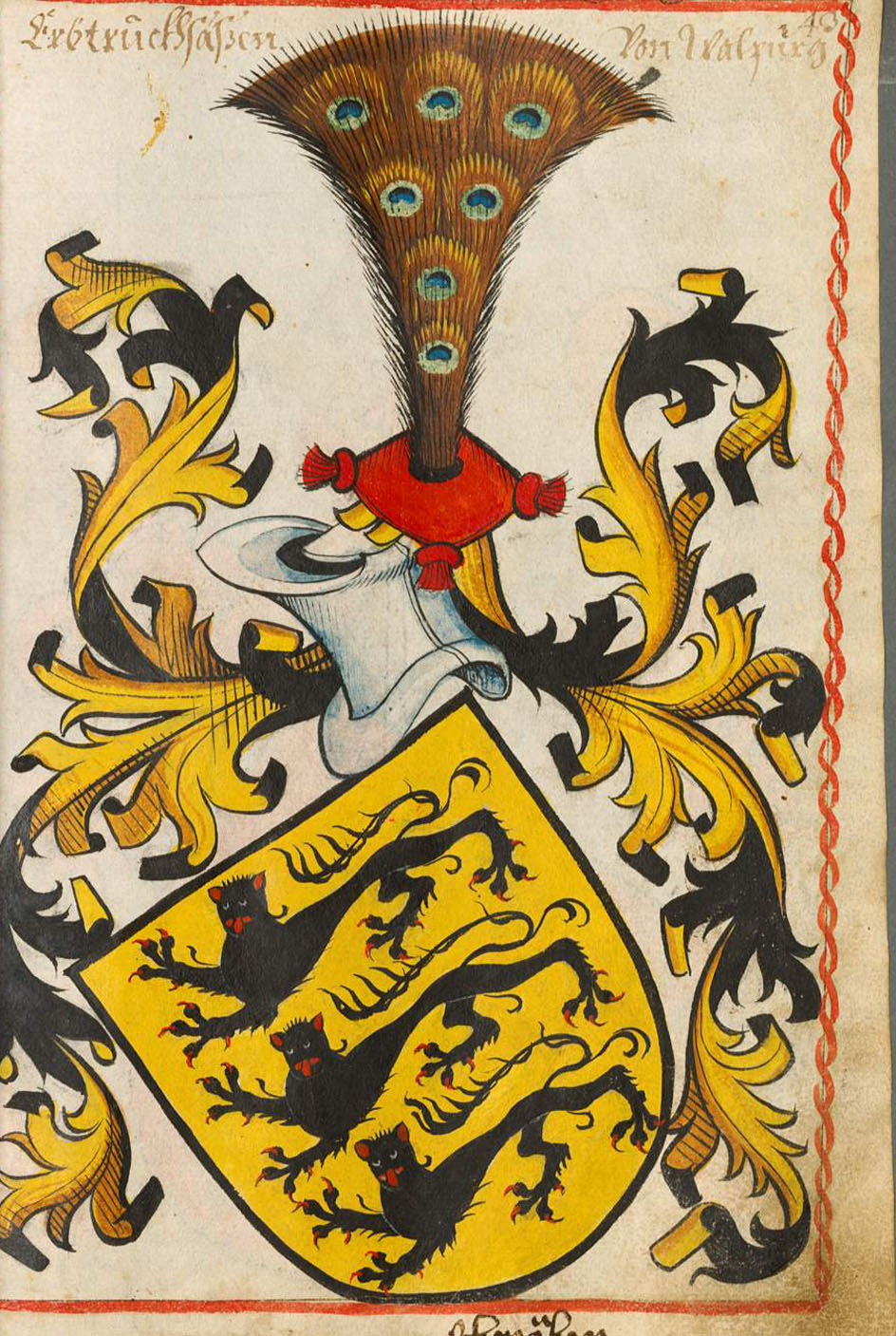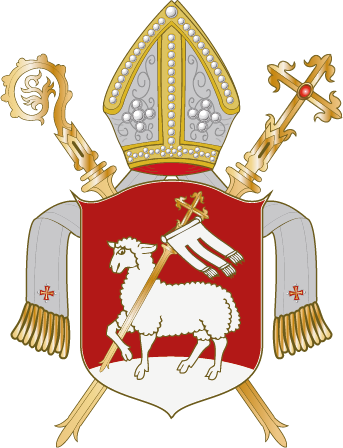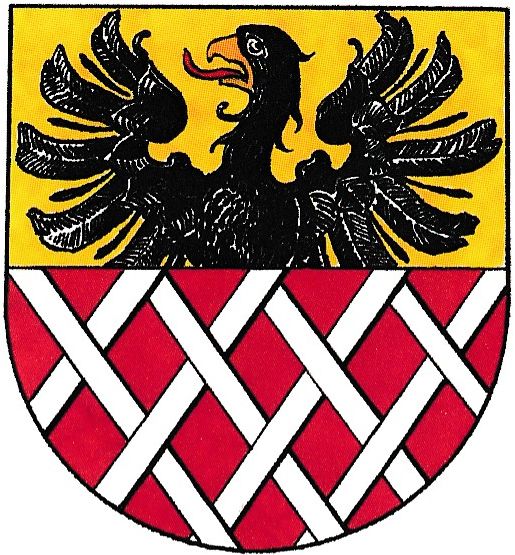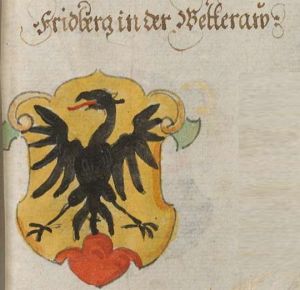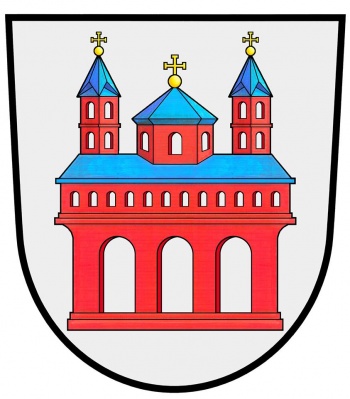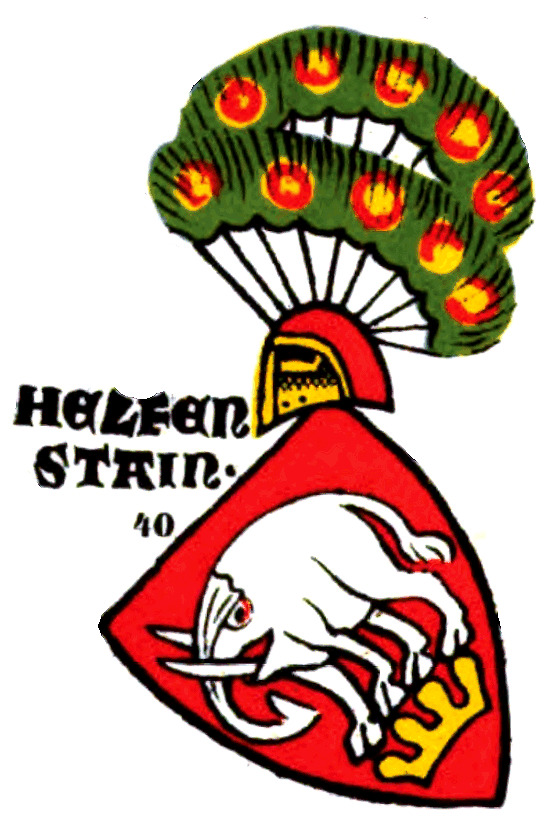1.
Imperial captains, pair with banner carrier carrying Imperial banner can be used for any unit:
Friedrich von Seldeneck, Imperial captain of
Rothenburg ob der Tauber, captain of the public peace in Bavaria and Franconia:

Otto III von Lobdeburg-Bergow auf Bilin und Seeberg, emperor's captain in the
Vogtland:

Gast von Wartenberg, emperor's captain of Lusatia:
 2. Princely captains, use for aristocratic units: Landsturm, Landsturms Armbrustschützen, Fussknechte, Fussknecht Spiesser, Renner, Speerknappen, Glevener, Dismounted Glevener:
2. Princely captains, use for aristocratic units: Landsturm, Landsturms Armbrustschützen, Fussknechte, Fussknecht Spiesser, Renner, Speerknappen, Glevener, Dismounted Glevener:
von Seckendorf, pair with banner-carrier with burgraviate of Nürnberg flag:

von Bubenhofen, pair with banner carrier with county of Württemberg flag:
 3. Urban captains, use for urban units: Bürgerwehr Spiesser, Bürgerwehr Streitäxte, Bogenschützen, Armbrustschützen, Büchsenschützen, Auszugs Armbrustschützen, Renner, Konstafler, Konstafler Streitäxte:
3. Urban captains, use for urban units: Bürgerwehr Spiesser, Bürgerwehr Streitäxte, Bogenschützen, Armbrustschützen, Büchsenschützen, Auszugs Armbrustschützen, Renner, Konstafler, Konstafler Streitäxte:
Rudolf von Praunheim-Sachsenhausen, Imperial magistrate of Frankfurt am Main, pair with banner carrier with flag of Frankfurt am Main/Imperial eagle:

Heinz II zum Jungen, Imperial magistrate of Oppenheim, pair with banner carrier with flag of Oppenheim/Imperial eagle:

Heinrich Geuder von Heroldsberg, Imperial magistrate of Nürnberg, pair with banner carrier with flag of the city of Nürnberg:
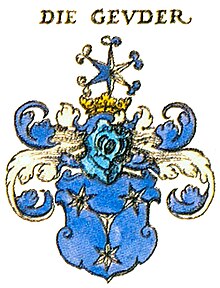





 Reply With Quote
Reply With Quote





